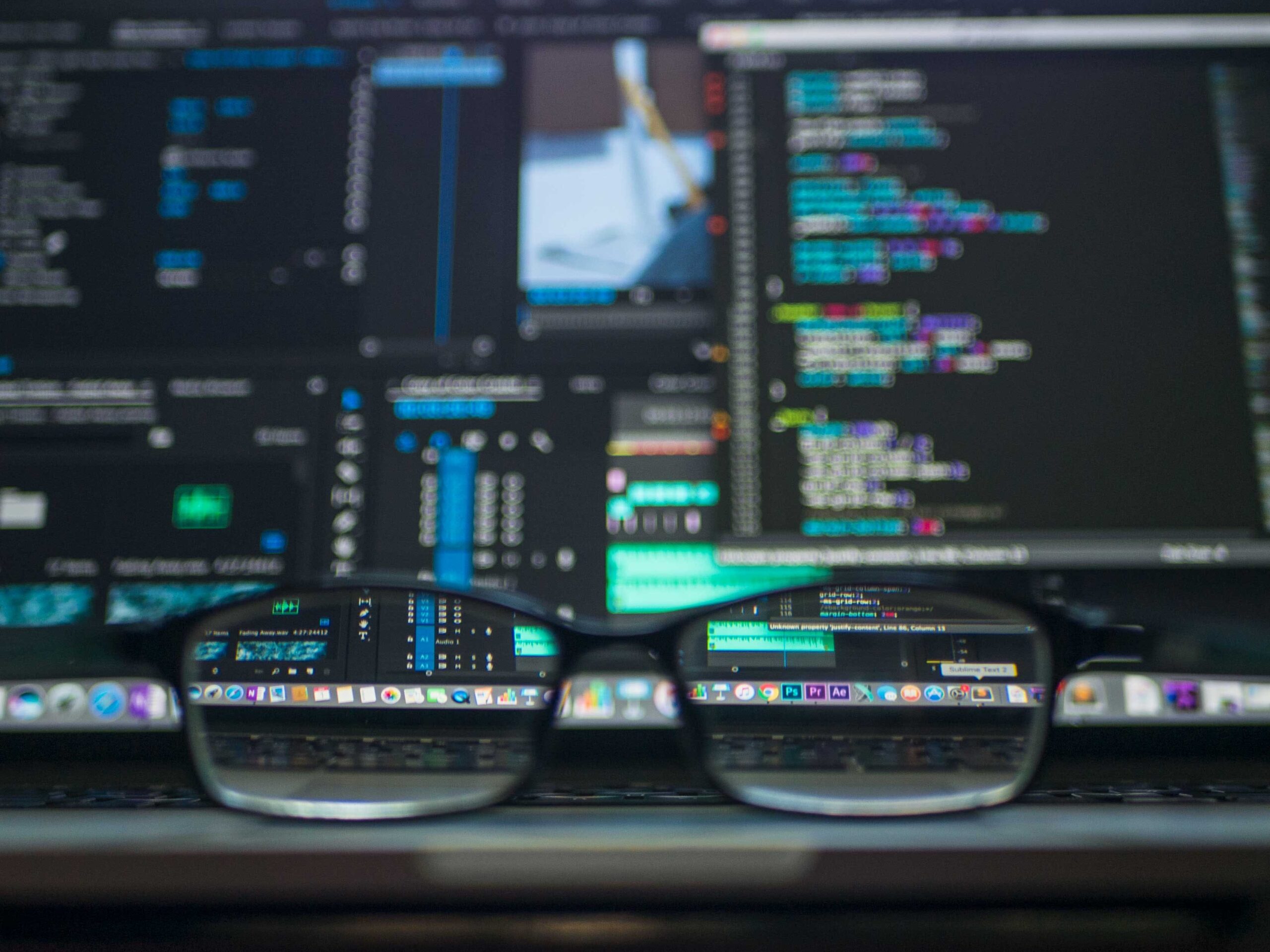LinkedIn, the premier network for professionals, has become an essential platform for job seekers, recruiters, and businesses alike. With millions of profiles and vast amounts of personal information shared, ensuring the security of this data is paramount. But just how secure is LinkedIn? In this post, we’ll delve into the platform's security measures, discuss recent breaches, understand their implications, and explore practical steps to protect your profile.
Recent Security Breaches and Their Impact

In the ever-evolving world of online platforms, security breaches are an unfortunate reality. LinkedIn, like many platforms, has faced its share of challenges. Recent breaches have raised concerns about user data privacy, trust, and the overall safety of professional networking. Let’s break it down further:
- 2021 Data Leak: A significant data breach in 2021 saw over 700 million LinkedIn profiles being posted for sale on hacker forums. Although LinkedIn claimed that the data didn't come from a breach of its systems, the incident highlighted vulnerabilities in how users' information could be aggregated and exploited.
- Phishing Attacks: A rise in phishing attacks targeting LinkedIn users has come to light, where cybercriminals set up fake profiles and send connection requests, hoping to harvest personal information. This has become increasingly sophisticated, making it essential for users to be vigilant.
- Credibility on the Line: When breaches occur, trust in the platform can dwindle. Users may hesitate to share their experiences or engage fully, leading to a less vibrant professional community.
Ultimately, the impact of these breaches goes beyond just numbers; it erodes user confidence and pressurizes LinkedIn to continually enhance its security protocols. For every user affected, there’s a broader ripple effect within the professional ecosystem. As the saying goes, "an ounce of prevention is worth a pound of cure," making understanding security essential for all LinkedIn users.
How to Identify if Your LinkedIn Account is Compromised

Worried about the security of your LinkedIn account? Identifying a compromised account early on is crucial for protecting your professional presence online. Here are some telltale signs that your account may have been hacked:
- Unrecognized Activity: Check for any connections or messages that you don’t remember sending. If you see activity that's out of place or unfamiliar, it may indicate someone else has accessed your account.
- Change in Account Settings: If your email, password, or even the profile details are altered without your consent, it's a major red flag. Always keep an eye on your settings for unauthorized changes.
- Password Resets: If you receive an email about a password reset request that you didn’t initiate, this could mean someone else is trying to gain access.
- Unusual Connection Requests: A surge in connection requests from profiles you can’t recall engaging with may signal suspicious activity.
- Login Alerts: LinkedIn sends notifications for unusual login attempts. If you see notifications for logins from different locations or devices, this could indicate a breach.
In case you notice any of these signs, take immediate action to secure your account. Change your password, enable two-factor authentication, and review your recent activity thoroughly.
Best Practices for Protecting Your LinkedIn Profile
Your LinkedIn profile is a powerful tool for networking and job hunting, so it's essential to keep it secure. Here are some effective practices to safeguard your account:
- Use a Strong Password: Always create a complex password that combines uppercase and lowercase letters, numbers, and symbols. Aim for at least 12 characters for added security.
- Enable Two-Factor Authentication: This adds an extra layer of security. Even if someone gets your password, they won't be able to access your account without the second authentication factor.
- Be Cautious with Connection Requests: Only accept connection requests from people you know or have met. Be wary of unknown profiles, especially those that look suspicious.
- Regularly Update Privacy Settings: Take time to review your privacy settings regularly. Control what people can see and how much of your information is public.
- Monitor Your Account Activity: Regularly check your account for any unusual activity or connections that you did not initiate. This provides insight into your account's security.
By following these best practices, you'll significantly reduce the risk of your LinkedIn account being compromised, allowing you to focus on networking and career opportunities instead! Stay alert and proactive to keep your profile safe!
5. Steps to Take After a Security Breach
Finding out that you've been part of a security breach can feel like a punch to the gut. It’s concerning, but don’t panic! There are actionable steps you can take right away to safeguard your LinkedIn profile and personal information.
Here's a quick checklist to guide you through the process:
- Change Your Password: This is your first line of defense. Create a strong, unique password that combines letters, numbers, and symbols. Avoid using the same password across different platforms.
- Enable Two-Factor Authentication (2FA): If you haven’t yet, turn on 2FA. This adds an extra layer of security by requiring a second form of identification to log in.
- Review Account Activity: Check for any unfamiliar or suspicious activity on your account. If you notice anything unusual, report it to LinkedIn immediately.
- Update Security Questions: If LinkedIn allows it, change your security questions and make sure the answers aren’t easily guessable.
- Monitor Your Other Accounts: If you use the same password elsewhere, consider changing it on those accounts as well. Security breaches often lead to further complications if your information is used elsewhere.
- Inform Your Connections: If you suspect that your account was compromised to a degree where others could be affected (like spam messages sent from your account), let your connections know.
- Watch for Phishing Scams: Be extra cautious about emails or messages that ask for personal information. Scammers often take advantage of breaches.
Taking these steps can help you recover from a breach and protect your information moving forward.
6. Conclusion: Staying Vigilant About Your Online Security
Staying vigilant about your online security is not just a trend; it’s a necessity in today’s digital world. With the rise of cyber threats, staying informed and cautious can significantly reduce the risk of your online profiles, including LinkedIn, being compromised.
Here are some key points to remember:
- Regularly Update Your Passwords: Change your passwords periodically and avoid reusing them across different platforms.
- Educate Yourself: Stay informed about the latest security threats. Knowledge is power!
- Utilize LinkedIn Security Features: Make the most of LinkedIn’s security tools and settings, like the privacy controls that help protect your information from unwanted attention.
- Be Cautious of Personal Information Sharing: Think twice before sharing sensitive information on LinkedIn or any other social media platforms.
By taking these proactive measures, you will better protect yourself and maintain a surface of security around your professional brand. Remember, the digital world is continuously evolving, and so should your approach to keeping your information safe. A little vigilance goes a long way!
 admin
admin








